Home>Home Maintenance>How Much Does It Cost To Install An Air Ventilation System
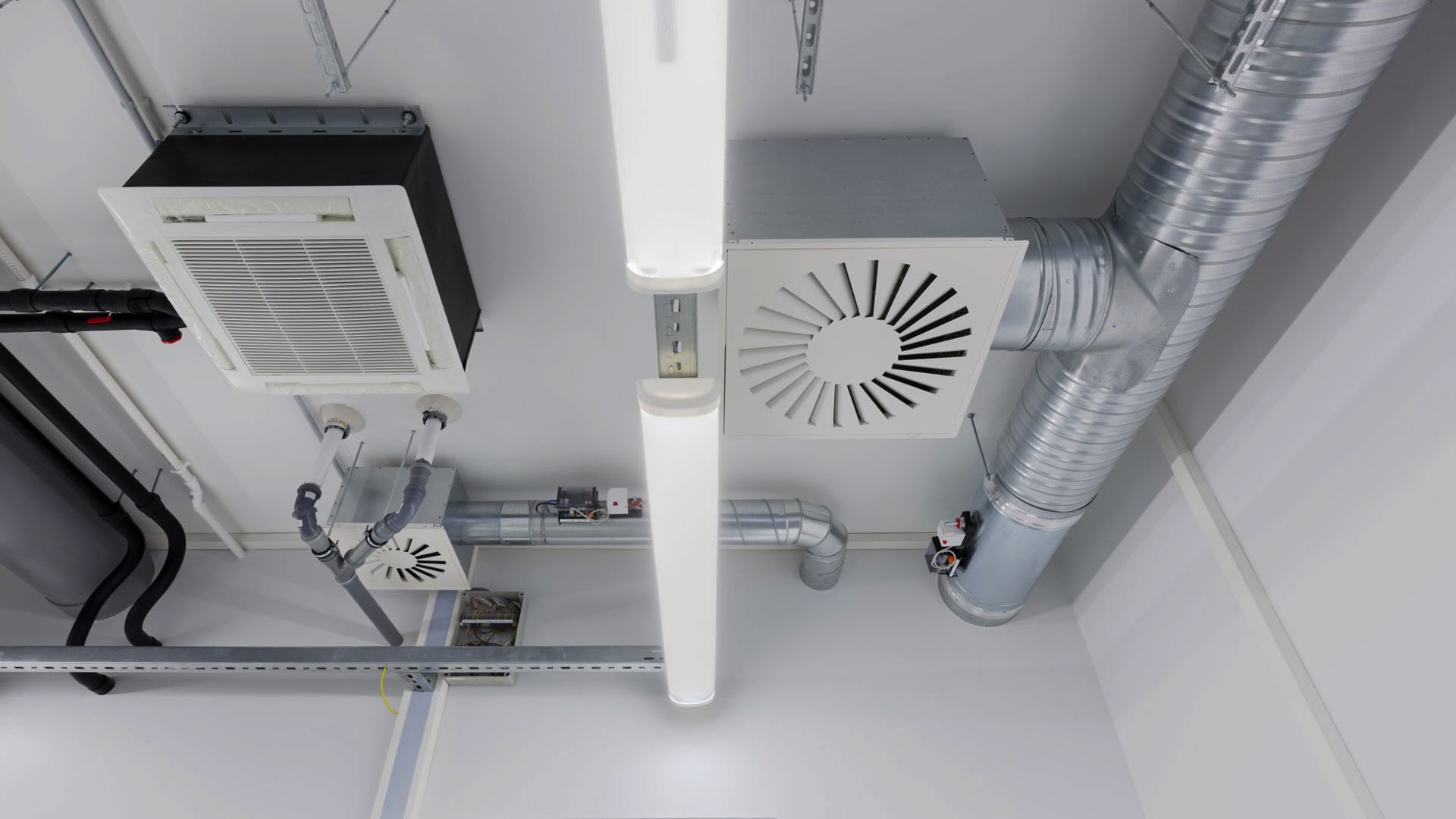

Home Maintenance
How Much Does It Cost To Install An Air Ventilation System
Modified: May 6, 2024
Get an estimate on the cost of installing an air ventilation system for your home. Find out how much you should budget for this essential home maintenance project.
(Many of the links in this article redirect to a specific reviewed product. Your purchase of these products through affiliate links helps to generate commission for Storables.com, at no extra cost. Learn more)
Introduction
Welcome to our comprehensive guide on the cost of installing an air ventilation system! Adequate ventilation is crucial for maintaining a healthy and comfortable home. A well-designed ventilation system not only helps in circulating fresh air but also helps in removing pollutants, odors, and excess moisture.
If you’re considering installing an air ventilation system in your home, it’s essential to understand the factors that can influence the overall cost. From the type of ventilation system you choose to the complexity of the installation, various factors can impact the final price. In this article, we will explore the different factors affecting the cost and give you an idea of what to expect when planning your ventilation system installation.
Before delving into the cost factors, let’s take a brief look at the different types of air ventilation systems available. An understanding of these systems will help you make an informed decision based on your needs and budget.
Key Takeaways:
- Proper ventilation system installation costs depend on factors like system type, home size, and existing infrastructure. Quality materials and professional installation ensure long-term efficiency and comfort.
- Consider additional expenses like permits, upgrades, and maintenance when budgeting for ventilation system installation. Professional guidance and planning lead to a successful and beneficial investment.
Read more: How Much Does It Cost To Install Conduit
Factors Affecting Installation Costs
Several factors come into play when determining the cost of installing an air ventilation system. Understanding these factors will give you a better idea of what to expect and help you plan your budget accordingly. Let’s take a closer look at them:
- Type of Ventilation System: The type of ventilation system you choose will significantly impact the installation cost. There are various options available, including exhaust-only systems, supply-only systems, balanced systems, and heat recovery ventilation systems. Each system has its own installation requirements and associated costs.
- Size and Layout of the Home: The size and layout of your home will play a role in determining the complexity of the installation. Larger homes may require more ductwork and additional ventilation fans, which can increase the overall cost. Similarly, if your home has a complex layout with multiple floors and hard-to-reach areas, the installation process may be more labor-intensive and costly.
- Existing Infrastructure: If your home already has some form of ventilation system in place, the installation of a new system may be less complicated and more cost-effective. However, if your home lacks any pre-existing infrastructure for ventilation, additional work, such as installing ductwork, may be required, resulting in higher installation costs.
- Quality of Materials: The quality of the materials used for the ventilation system can impact the installation cost. Higher-quality materials may come at a higher price, but they tend to be more durable and efficient in the long run. It’s essential to strike a balance between cost and quality to ensure optimal performance and longevity of your ventilation system.
- Accessibility: The accessibility of your home’s ventilation areas can affect installation costs. If the ventilation system components, such as ducts and fans, are easily accessible, the installation process will be more straightforward and less time-consuming. However, if access is limited or requires additional modifications, the installation may be more complex and costly.
Keep in mind that these factors are not exhaustive, and there may be other variables specific to your home that can affect the overall installation cost. It’s recommended to consult with a professional HVAC contractor to assess your specific requirements and get an accurate estimate.
Types of Air Ventilation Systems
When it comes to choosing the right air ventilation system for your home, it’s essential to understand the different options available. Each type of system has its own advantages and considerations. Let’s explore the most common types of air ventilation systems:
- Exhaust-Only Ventilation Systems: This type of system relies on exhaust fans to remove stale air from specific areas of your home, such as bathrooms and kitchens. Fresh air is drawn in through natural infiltration. Exhaust-only systems are relatively simple and cost-effective to install but may result in uncontrolled air leakage and potential pressure imbalances.
- Supply-Only Ventilation Systems: In supply-only systems, fresh outdoor air is supplied to your home through ventilation fans, while stale air is allowed to exit naturally through cracks and leaks. Supply-only systems can be effective in delivering fresh air to specific areas, but they may rely on the homeowner to ensure adequate ventilation throughout the home.
- Balanced Ventilation Systems: Balanced systems use both exhaust and supply ventilation to maintain positive air pressure and ensure a balanced indoor air environment. These systems typically include a heat recovery ventilator (HRV) or an energy recovery ventilator (ERV) to transfer heat or energy between incoming and outgoing air streams. Balanced systems provide controlled ventilation throughout the home and help to reduce energy loss.
- Heat Recovery Ventilation (HRV) Systems: HRV systems are designed to recover heat from the outgoing stale air and transfer it to the incoming fresh air, reducing heat loss during ventilation. HRV systems are ideal for cold climates where energy efficiency is a priority. They help to maintain a comfortable indoor temperature while providing fresh air.
- Energy Recovery Ventilation (ERV) Systems: Similar to HRV systems, ERV systems transfer both heat and humidity between outgoing and incoming air streams. This helps to maintain a balanced indoor humidity level while also saving energy. ERV systems are suitable for both hot and cold climates and can be particularly beneficial in humid areas.
Each type of air ventilation system has its own installation requirements and associated costs. Consulting with a professional HVAC contractor will help you determine the most appropriate system for your home based on factors such as climate, budget, and specific ventilation needs.
Cost of Ductwork Installation
When it comes to installing an air ventilation system, ductwork plays a critical role in distributing fresh air throughout your home. The cost of ductwork installation can vary depending on various factors. Here are some key factors that can affect the cost:
- Size of the Home: The size of your home will impact the length and amount of ductwork needed, which will ultimately affect the installation cost. Larger homes typically require more ductwork and can be more labor-intensive.
- Number of Rooms: The number of rooms in your home that require ventilation will also impact the amount of ductwork needed. Each room will require its own ducts and vents, adding to the overall cost of installation.
- Complexity of the Layout: If your home has a complex layout with multiple levels, tight spaces, or architectural challenges, the installation of ductwork can be more complicated and time-consuming. This can result in higher labor costs.
- Type of Duct Material: The material used for the ductwork can also affect the cost. The most common options are sheet metal, fiberglass duct board, and flexible ducts. Sheet metal ducts tend to be the most durable and expensive, while flexible ducts are more affordable but may require more frequent maintenance.
- Accessibility: The accessibility of the areas where the ductwork needs to be installed can impact the cost. If the installation areas are easily accessible, it will be less labor-intensive and more cost-effective. However, if there are obstacles or difficult-to-reach areas, additional work may be required, driving up the installation cost.
- Additional Components: Depending on your ventilation system’s design, additional components such as vents, registers, and grilles may be required. The cost of these components should be factored into the overall installation budget.
As a general guideline, the average cost of ductwork installation can range from $1,500 to $5,000 or more, depending on the size and complexity of your home. It’s essential to consult with a professional HVAC contractor to assess your specific requirements and provide an accurate cost estimate.
Additionally, keep in mind that proper installation is crucial for the performance and efficiency of your ventilation system. It’s always recommended to hire a licensed and experienced professional to ensure the ductwork installation is done correctly and meets all safety and code requirements.
Cost of Ventilation Fans
Ventilation fans are an essential component of any air ventilation system, as they help circulate and remove stale air from your home. The cost of ventilation fans can vary based on several factors. Here’s what you need to consider when budgeting for ventilation fan installation:
- Type of Ventilation Fan: There are various types of ventilation fans available, including exhaust fans, inline fans, and combination fans with built-in features like heaters or lights. Each type has its own cost range, with exhaust fans typically being the most affordable option.
- Quality and Efficiency: Higher-quality fans may come with a higher price tag, but they often offer better performance and efficiency. Investing in a more efficient fan can lead to long-term energy savings and improved air circulation. Look for fans with energy star ratings or those with adjustable speed settings to control airflow and noise levels.
- Fan Size and Capacity: The size and capacity of the fan depend on factors such as the square footage of the room, the number of air changes required per hour, and the specific ventilation needs. Large rooms or areas that generate more moisture, such as kitchens or bathrooms, may require fans with higher capacity, which can affect the cost.
- Noise Level: Consideration should be given to the noise level of the fan, especially if it will be installed in a bedroom or living area. Quieter fans tend to come at a higher cost, but they can provide a more peaceful and comfortable living environment.
- Professional Installation: Proper installation is crucial for the efficiency and longevity of ventilation fans. While some homeowners may choose to install fans themselves, hiring a professional can ensure that the fans are installed correctly and in compliance with local building codes. The cost of professional installation should be factored into the overall budget.
As a general guideline, the cost of ventilation fans can range from $50 to $500 or more per fan, depending on the factors mentioned above. It’s recommended to consult with an HVAC professional for an accurate estimate based on your specific needs and ventilation system requirements.
Remember, the cost of ventilation fans is a worthwhile investment in the long-term comfort, air quality, and energy efficiency of your home. Choosing high-quality fans and ensuring proper installation can lead to years of reliable performance and improved indoor air circulation.
Consider the size of your space, the type of ventilation system, and any additional features or upgrades. Get multiple quotes from reputable contractors to compare costs.
Cost of Air Filters
Air filters are an essential component of any air ventilation system, as they help to remove dust, allergens, and other particles from the air. Regularly replacing air filters is important for maintaining a clean and healthy indoor environment. When considering the cost of air filters, there are several factors to keep in mind:
- Type of Air Filter: There are different types of air filters available on the market, ranging from basic fiberglass filters to high-efficiency particulate air (HEPA) filters. The type and quality of the filter will impact the cost. HEPA filters, for example, generally provide superior filtration but tend to be more expensive.
- Filter Size: The size of the filter needed for your ventilation system will influence the cost. Air filters come in various standard sizes, so it’s essential to identify the correct size needed for your system. If you require a non-standard size, custom filters may be more costly.
- Filter Efficiency: The efficiency rating of an air filter determines its ability to capture particles of different sizes. Higher-efficiency filters can provide better air quality but may also come at a higher cost. It’s important to find a balance between filter efficiency and cost effectiveness for your specific needs.
- Filter Replacement Frequency: The frequency of filter replacement will depend on factors such as the type of filter, the air quality in your area, and the specific demands of your ventilation system. Some filters may need replacement every one to three months, while others can last up to a year. Knowing the replacement frequency will help you assess the long-term cost of maintaining your ventilation system.
- Brand and Quality: Air filters are available in a wide range of brands and quality levels. While it may be tempting to opt for the cheapest option, investing in a reputable brand and higher-quality filters can result in better filtration and improved air quality.
The cost of air filters can range from a few dollars to several tens of dollars per filter. It’s important to consider the long-term expense of regularly replacing filters when budgeting for your ventilation system. This will ensure that you prioritize maintaining clean and fresh indoor air.
Lastly, it’s recommended to consult with a professional HVAC technician who can recommend the most suitable air filter type, size, and replacement frequency for your specific ventilation system. They can also provide guidance on proper filter maintenance to keep your system running efficiently.
Professional Installation Costs
When it comes to installing an air ventilation system, hiring a professional HVAC contractor is crucial to ensure proper installation and optimal performance. Professional installation costs can vary based on several factors. Here are some key considerations to keep in mind:
- System Complexity: The complexity of your ventilation system will impact the installation cost. If you’re installing a simple exhaust-only system, the installation process may be relatively straightforward, resulting in lower labor costs. However, if you’re installing a more complex balanced system with heat recovery ventilation, it may require more time and expertise, leading to higher installation costs.
- Size of the Home: The size of your home is another factor that can influence professional installation costs. Larger homes typically require more ductwork, fans, and ventilation components, resulting in a higher installation cost compared to smaller homes.
- Existing Infrastructure: If your home already has existing infrastructure for a ventilation system, such as ductwork or electrical connections, professional installation may be less complicated and more cost-effective. However, if your home lacks any pre-existing infrastructure, additional work and materials may be required, increasing the installation cost.
- Location: The location of your home can also impact the installation cost. Factors such as local labor rates, building codes, and permit fees can vary depending on the region. It’s essential to consider these factors when budgeting for professional installation.
- Experience and Qualifications of the Contractor: The experience and qualifications of the HVAC contractor you hire can also affect the installation cost. Contractors with a higher level of expertise and certifications may charge higher rates for their services. However, it’s important to prioritize quality and expertise to ensure a properly installed and efficient ventilation system.
As a general guideline, professional installation costs for an air ventilation system can range from $2,000 to $8,000 or more, depending on the above factors and the specific requirements of your home. It’s recommended to obtain quotes from multiple contractors to compare prices and ensure a fair and competitive rate.
Choosing a reputable and experienced HVAC contractor is essential to ensure the proper installation of your ventilation system. Proper installation not only guarantees optimal performance but also avoids potential issues and ensures compliance with safety and building codes.
Investing in professional installation will give you peace of mind knowing that your ventilation system is installed correctly and will provide you with clean, fresh air for years to come.
Additional Expenses
When installing an air ventilation system, it’s important to consider additional expenses that may arise apart from the upfront installation costs. These expenses can vary depending on your specific needs and the complexity of the installation. Here are a few potential additional expenses to keep in mind:
- Permits and Inspections: Depending on your local jurisdiction, you may need to obtain permits for the installation of your ventilation system. Permit fees can vary, so it’s important to check with your local municipality to understand the requirements and associated costs. Additionally, some areas may require inspections to ensure the ventilation system meets safety and building code standards.
- Upgrades and Accessories: Depending on your preferences and specific ventilation needs, you may choose to include additional upgrades or accessories. This can include features such as programmable thermostats, smart controls, or air quality monitors. While these upgrades can provide added convenience and functionality, they may come at an additional cost.
- Maintenance and Cleaning: Proper maintenance and cleaning of your ventilation system are essential for optimal performance and longevity. Regular filter replacement, cleaning of ductwork, and fan maintenance are all necessary tasks that may require additional expenses. It’s important to include these ongoing maintenance costs in your budget to ensure your system operates efficiently.
- Energy Consumption: The operation of your ventilation system will add to your energy consumption. While the exact cost will depend on factors such as the size of your home and the efficiency of your system, it’s important to factor in the potential increase in your energy bills. Investing in an energy-efficient system and properly maintaining it can help minimize these costs.
- Extended Warranties: Some manufacturers offer extended warranties for their ventilation systems. While these warranties can provide peace of mind, they may come at an additional cost. It’s worth considering whether the added protection and coverage justify the expense.
It’s important to carefully assess these additional expenses when budgeting for your air ventilation system installation. Consult with your HVAC contractor to understand the specific costs associated with permits, upgrades, maintenance, and warranties. They can provide guidance and help you plan for these additional expenses.
By considering all potential costs from the beginning, you will have a more accurate understanding of the total investment required for your ventilation system installation and ongoing maintenance. This will allow you to properly budget and ensure a smooth and successful installation process.
Conclusion
Installing an air ventilation system is an important investment in maintaining a healthy and comfortable home environment. Throughout this comprehensive guide, we have explored the various factors that can impact the cost of installation. By understanding these factors, you can make informed decisions and plan your budget accordingly.
Factors such as the type of ventilation system, size and layout of your home, existing infrastructure, quality of materials, and accessibility all play a role in determining the overall cost. It’s crucial to consult with a professional HVAC contractor who can assess your specific needs and provide an accurate estimate.
When budgeting for your air ventilation system, remember to consider the costs of ductwork installation, ventilation fans, air filters, professional installation, and any potential additional expenses such as permits, upgrades, maintenance, and warranties. By accounting for these costs from the beginning, you can ensure a successful installation and ongoing performance of your ventilation system.
Investing in a professional installation will not only provide you with optimal performance but also help you avoid potential issues and ensure compliance with safety and building codes. Additionally, proper maintenance and regular filter replacements are essential to keep your ventilation system operating efficiently and to maintain good indoor air quality.
By carefully considering the costs and factors discussed in this guide, you can make informed decisions and create a budget that aligns with your needs and priorities. Remember, the benefits of having a well-functioning air ventilation system, such as improved air quality, comfort, and energy efficiency, outweigh the initial cost of installation.
As you move forward with your air ventilation system installation, don’t hesitate to reach out to a professional HVAC contractor for guidance and assistance. They have the expertise and knowledge to help you select the right system for your home and ensure a successful installation process.
With proper planning and professional assistance, you can enjoy the numerous benefits of a well-designed and properly installed air ventilation system for years to come.
If you're intrigued by the breakdown of installation costs, why not delve deeper into what a full ventilation setup entails? Getting a handle on the total expenses for a ventilation system helps in planning and preparing financially. Whether you're upgrading or setting up a new system, full awareness of the costs involved ensures smoother decision-making. Why not discover more about what your investment in air quality could look like?
Frequently Asked Questions about How Much Does It Cost To Install An Air Ventilation System
Was this page helpful?
At Storables.com, we guarantee accurate and reliable information. Our content, validated by Expert Board Contributors, is crafted following stringent Editorial Policies. We're committed to providing you with well-researched, expert-backed insights for all your informational needs.
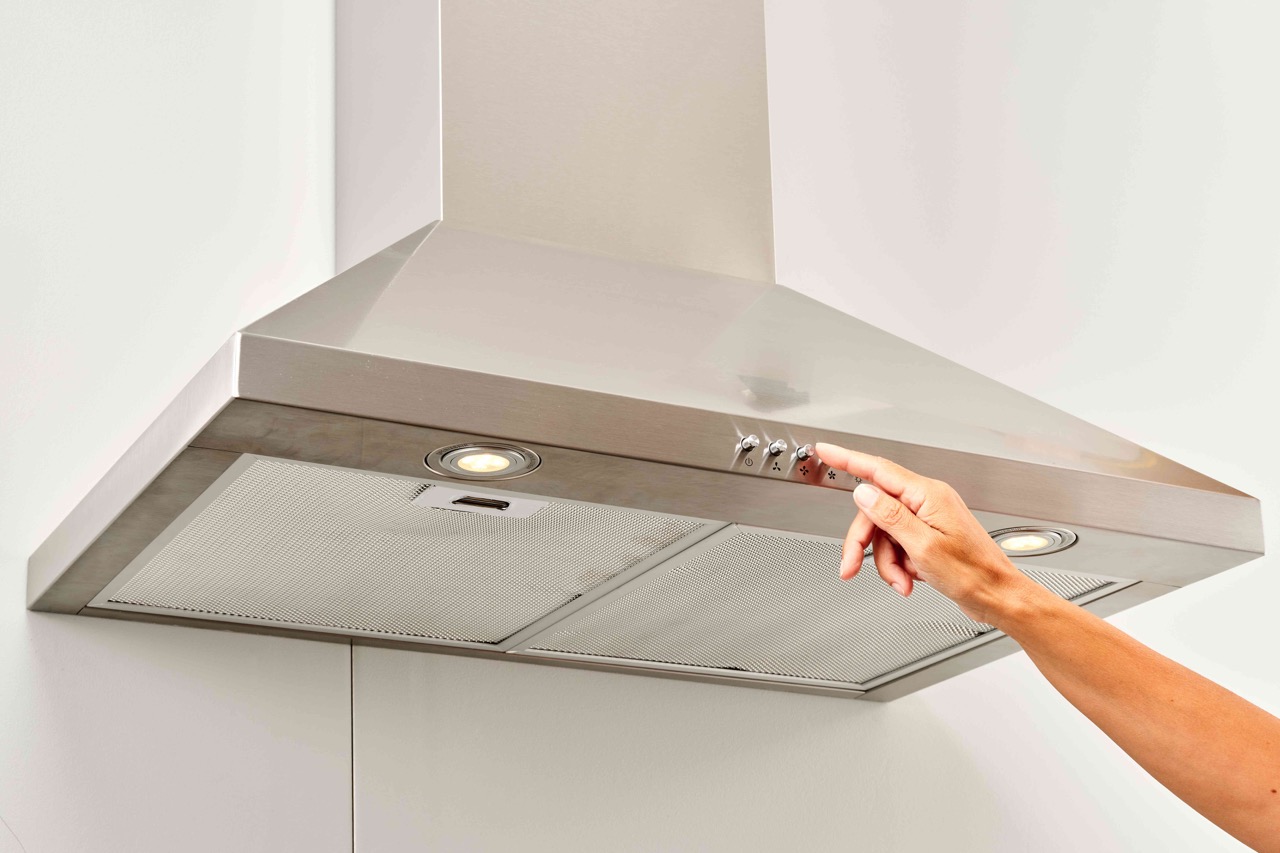
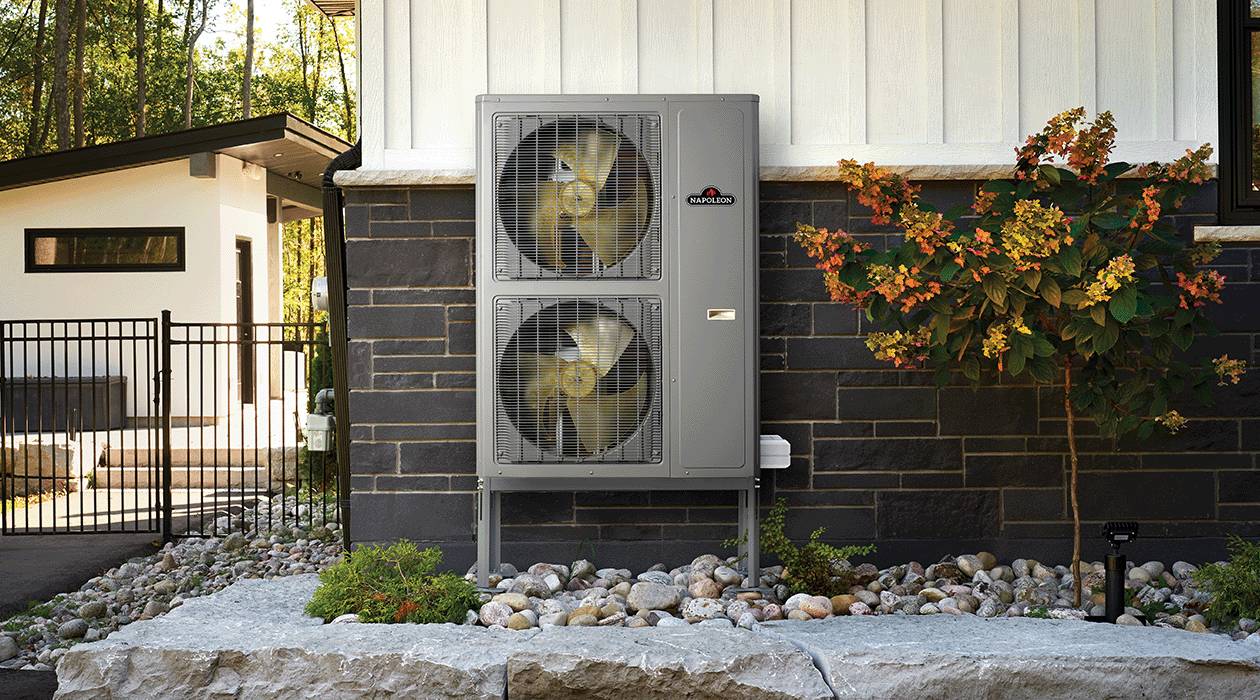
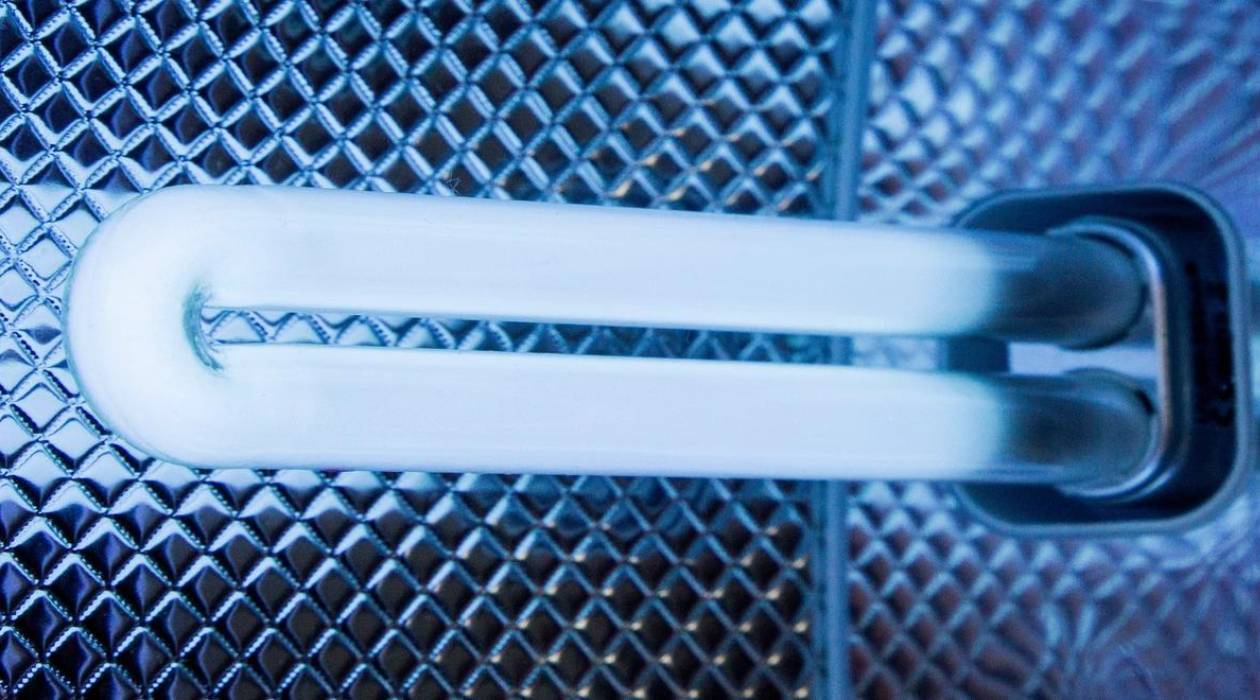
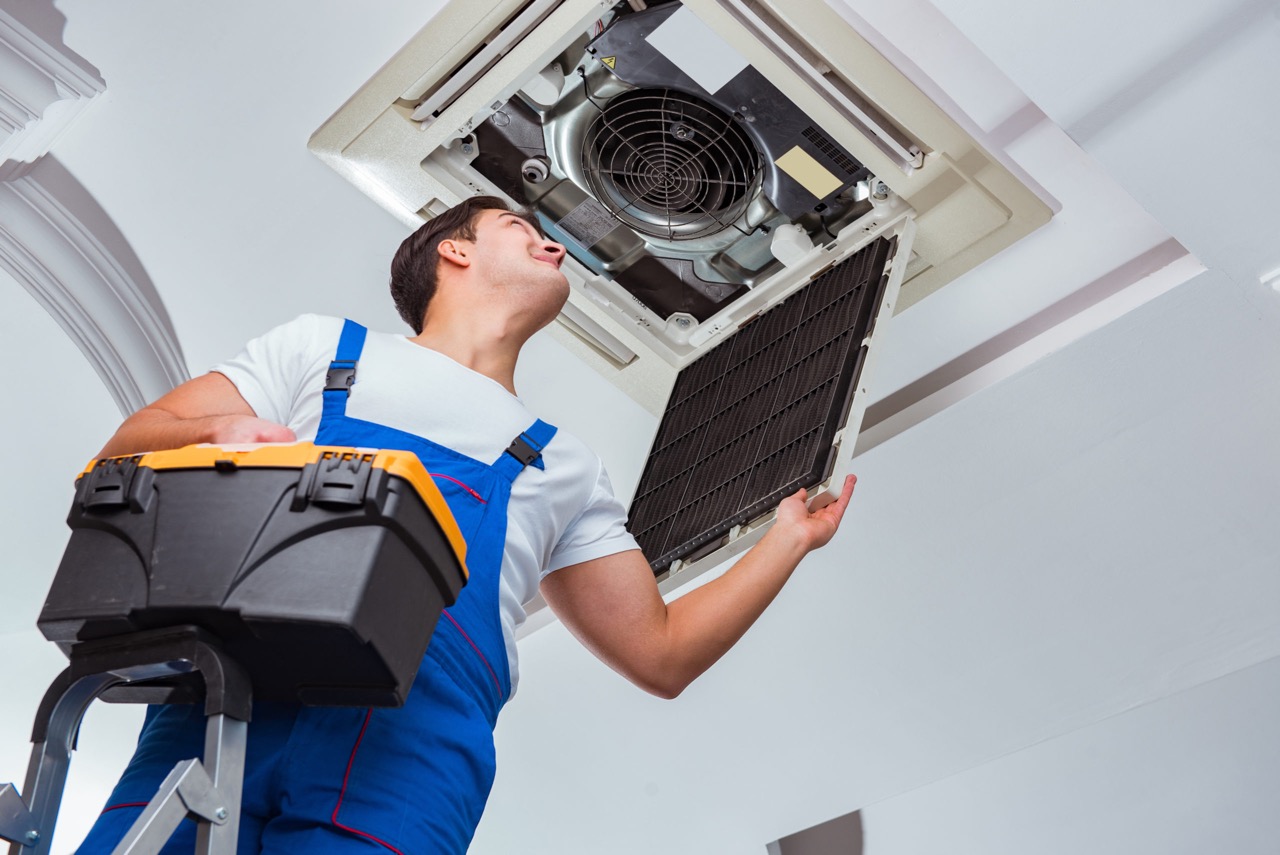
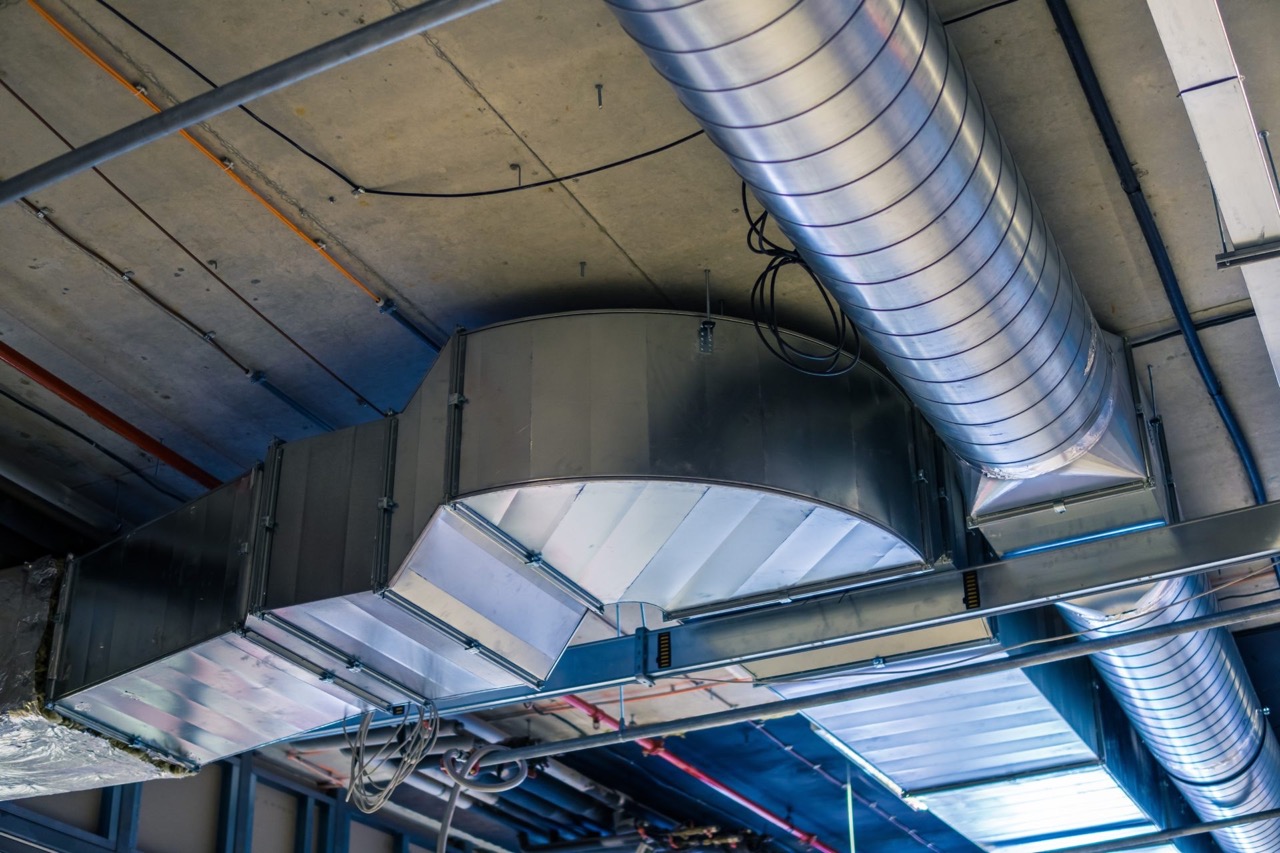
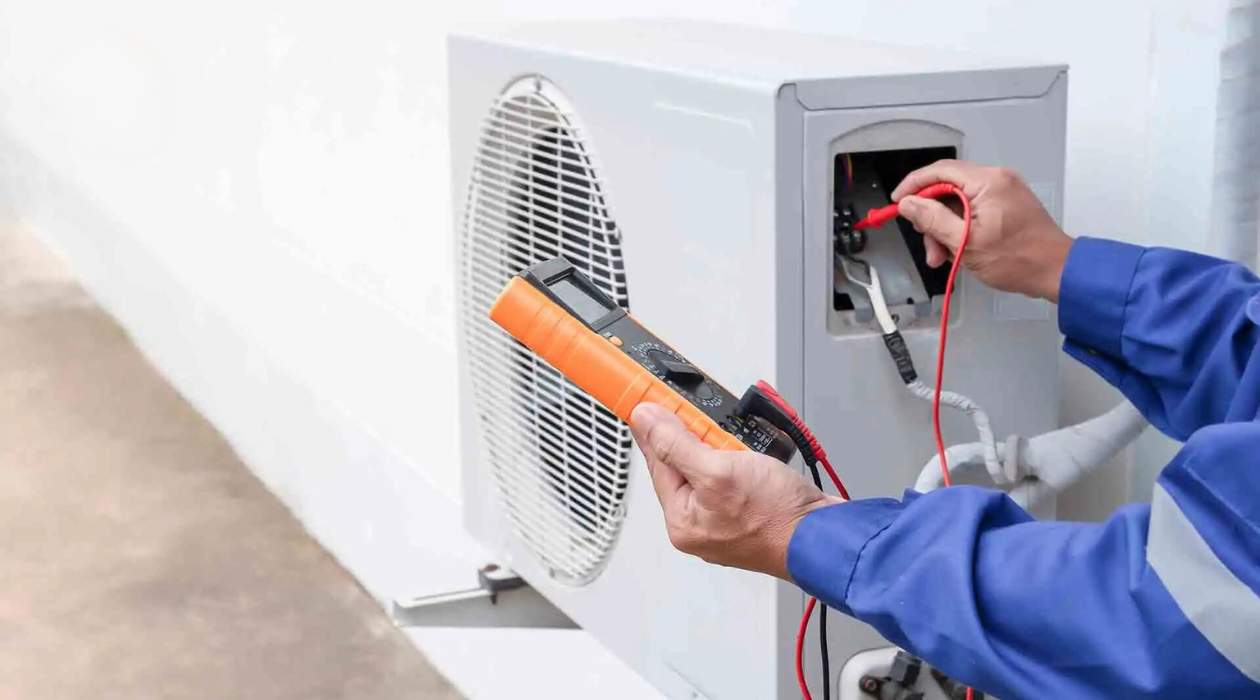
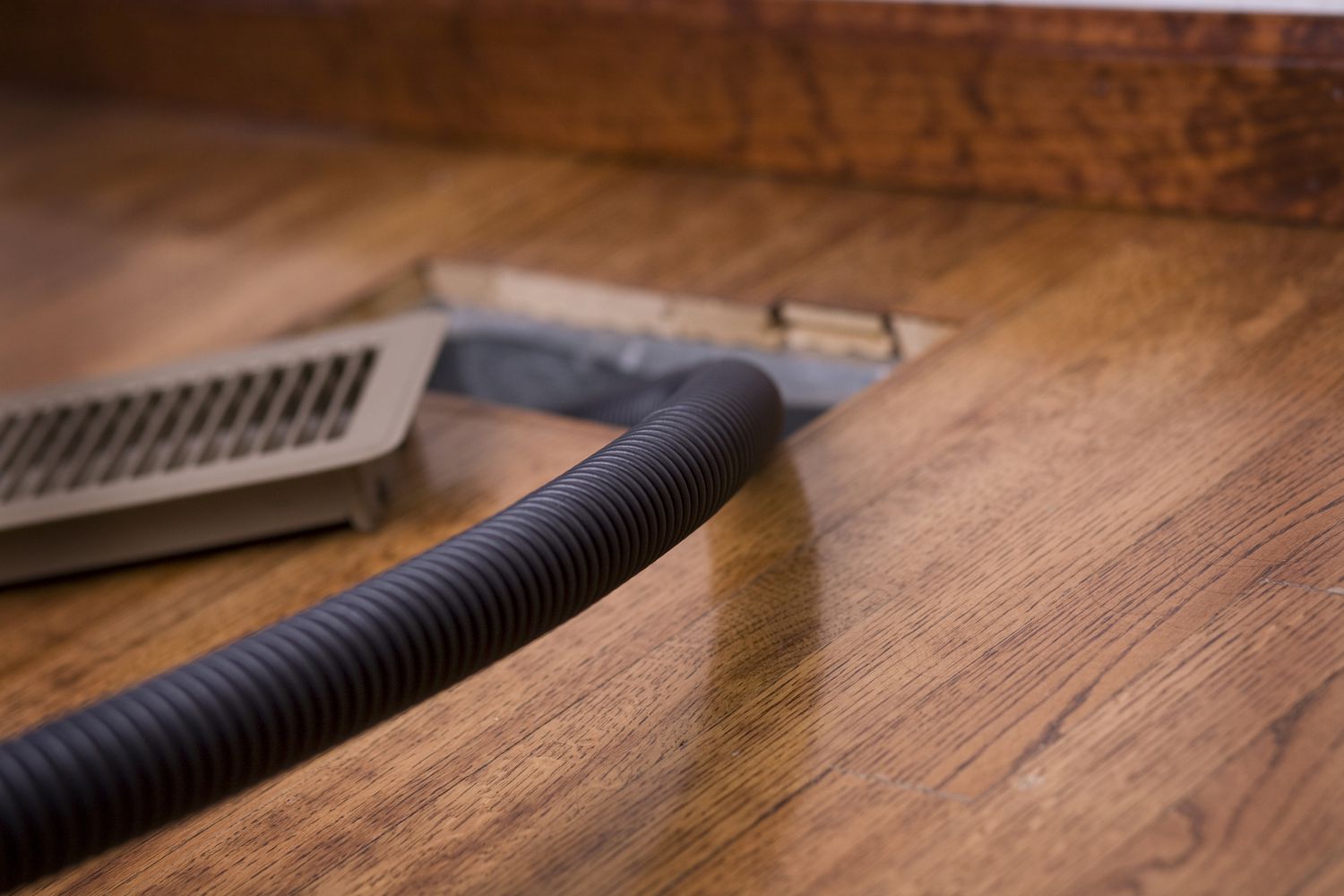
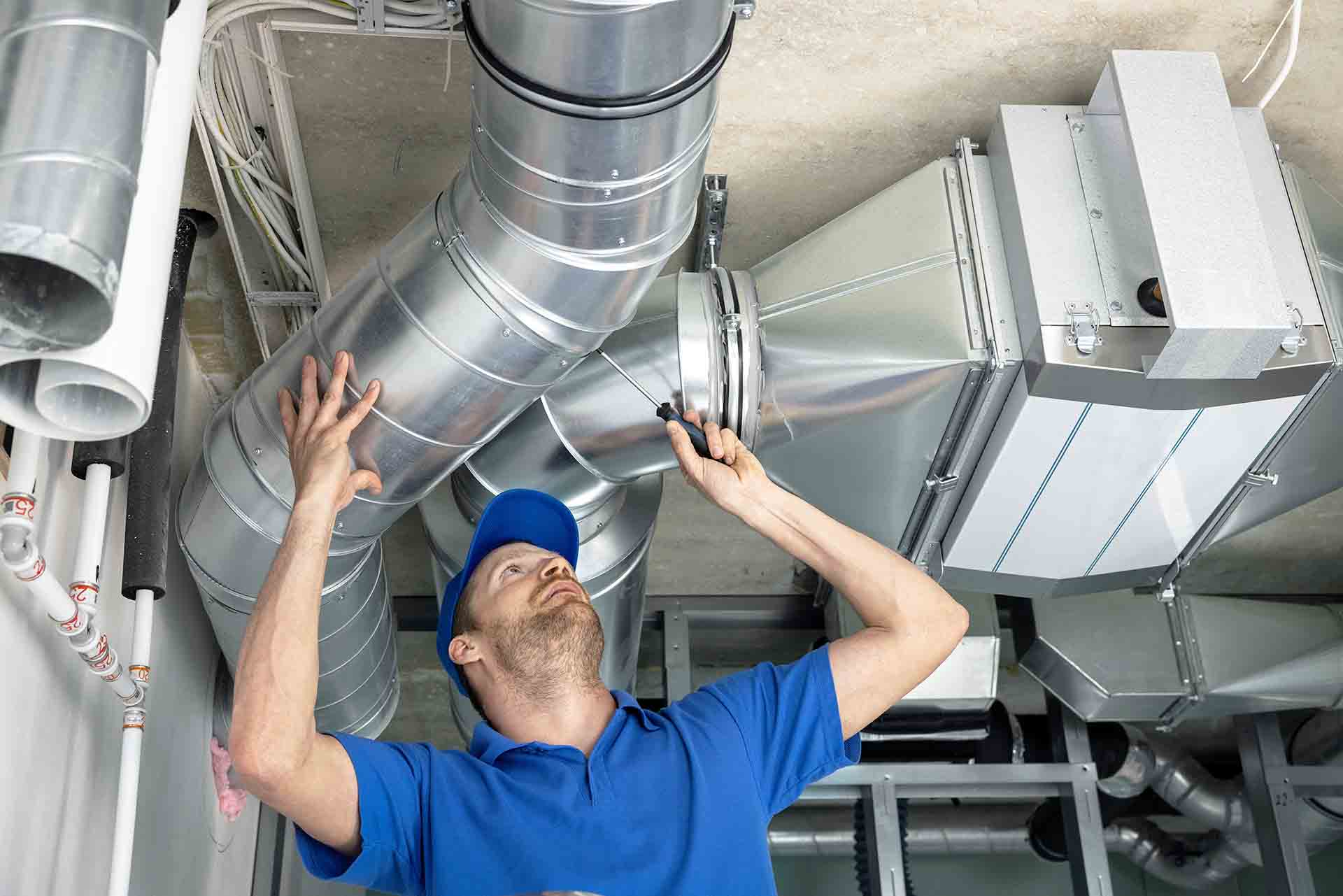
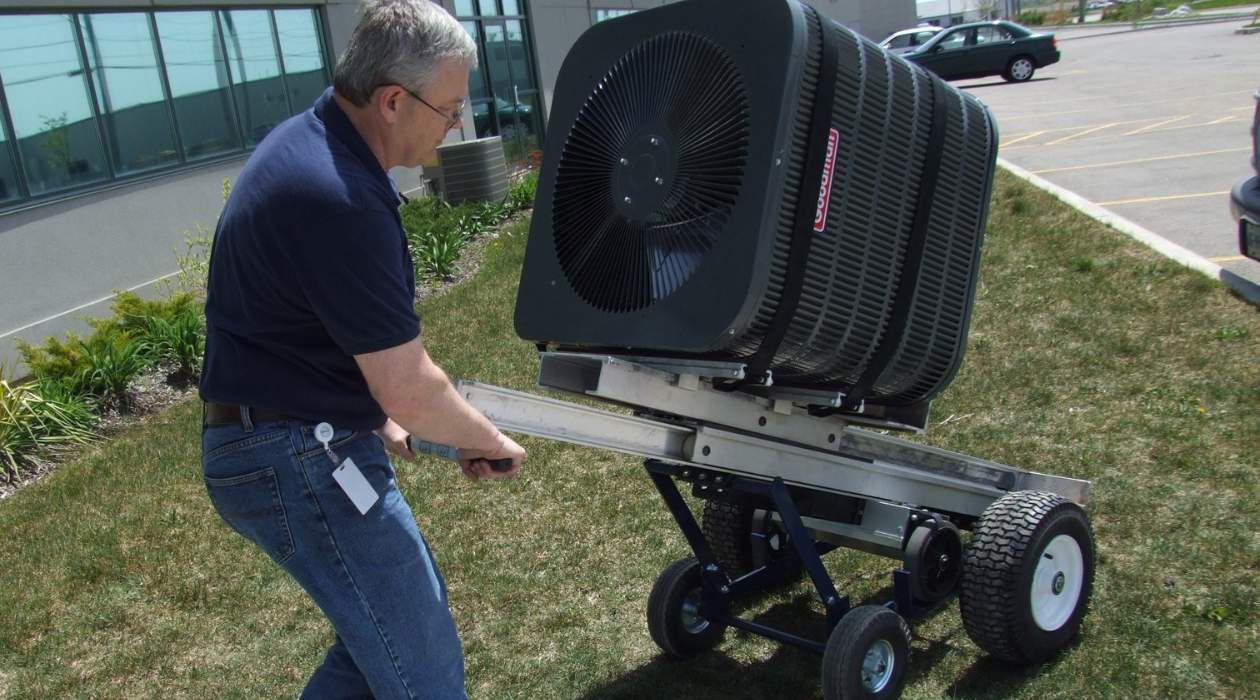
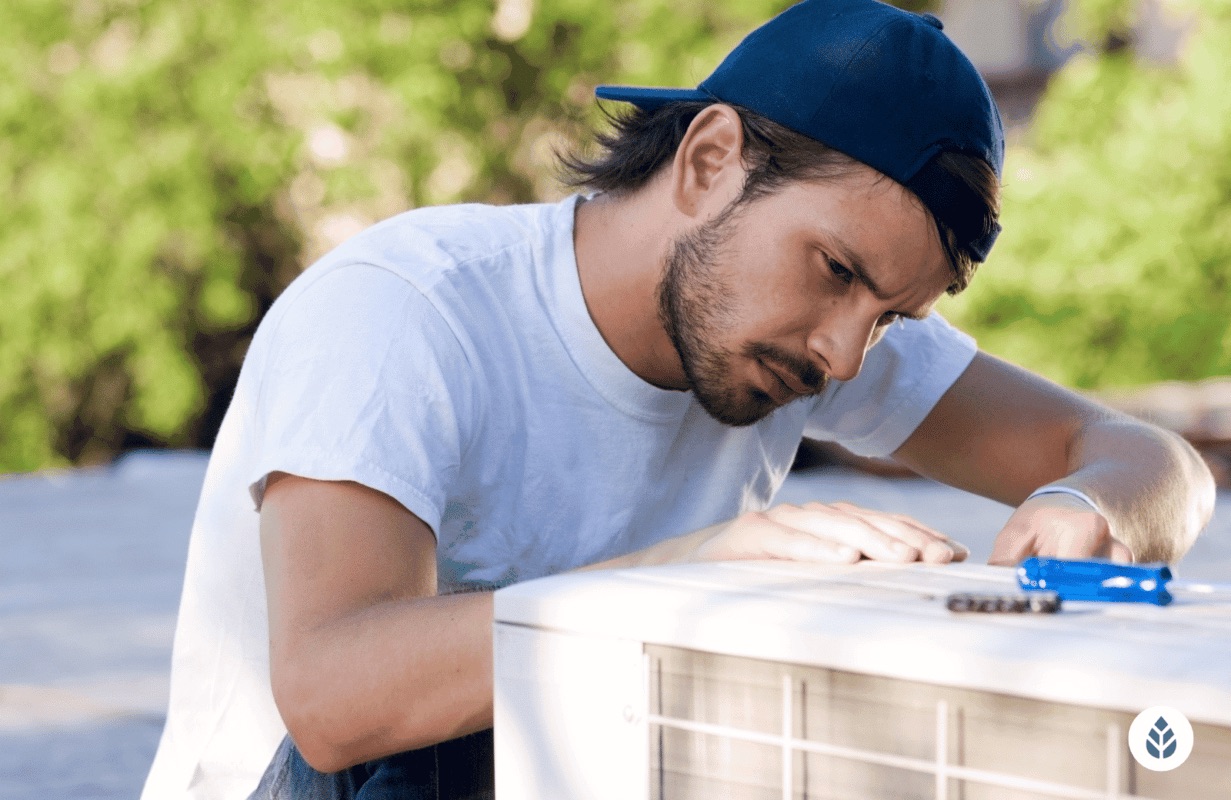
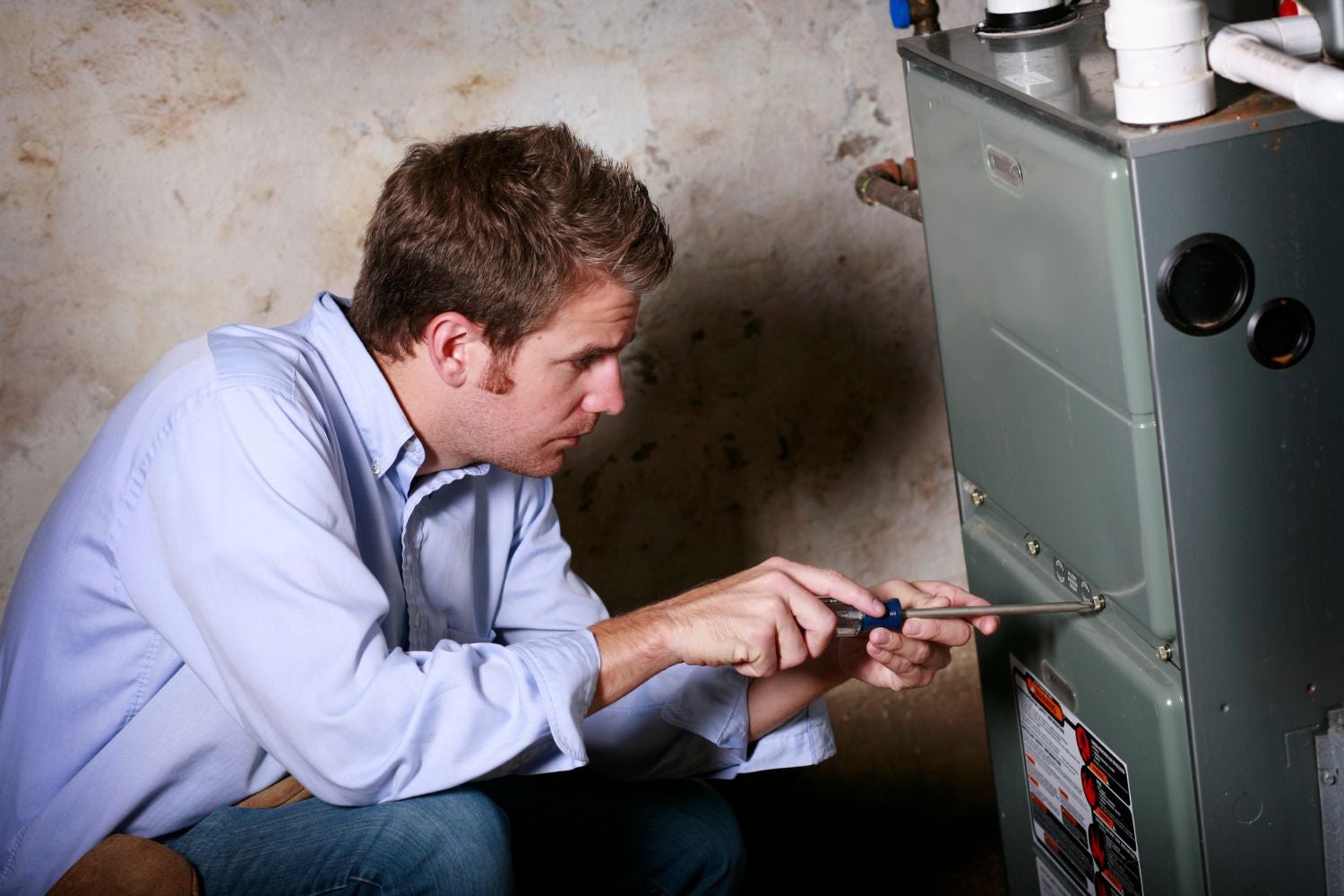
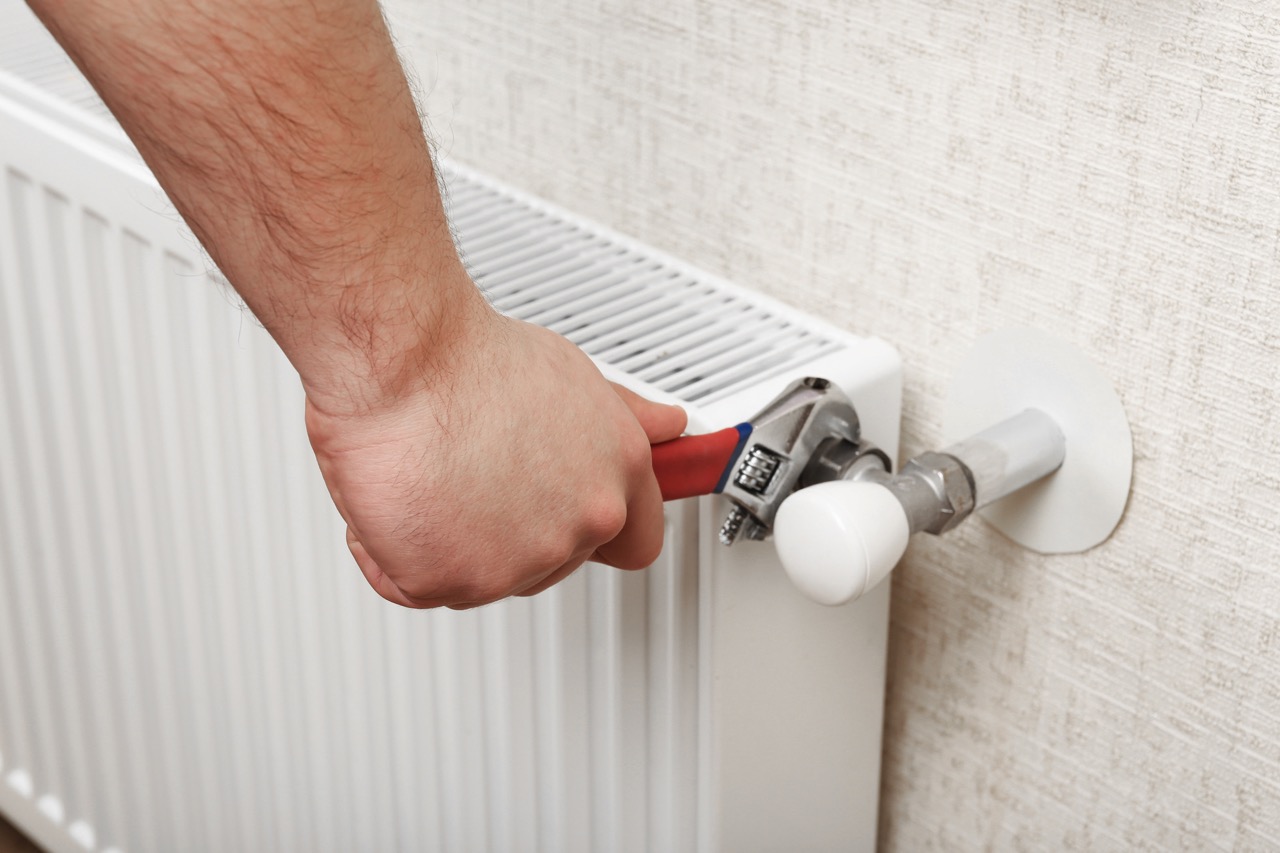
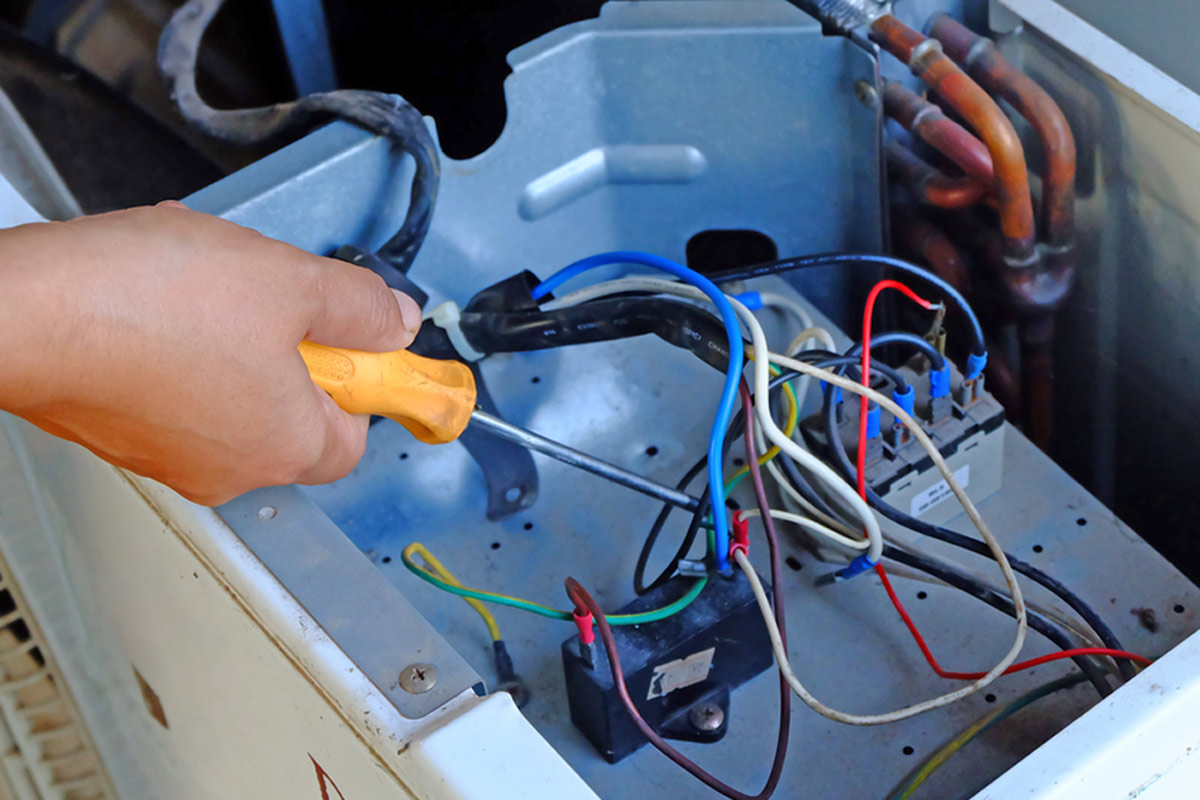
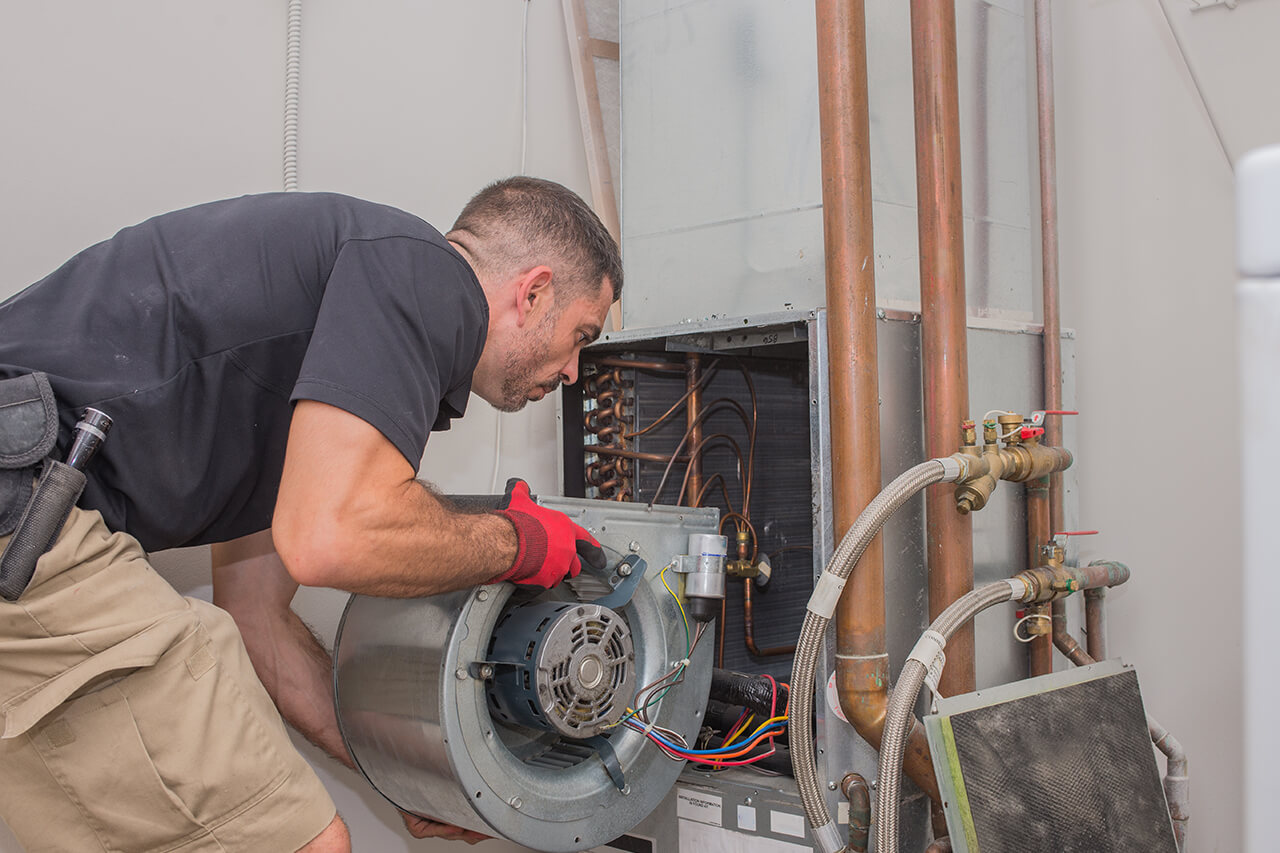

0 thoughts on “How Much Does It Cost To Install An Air Ventilation System”